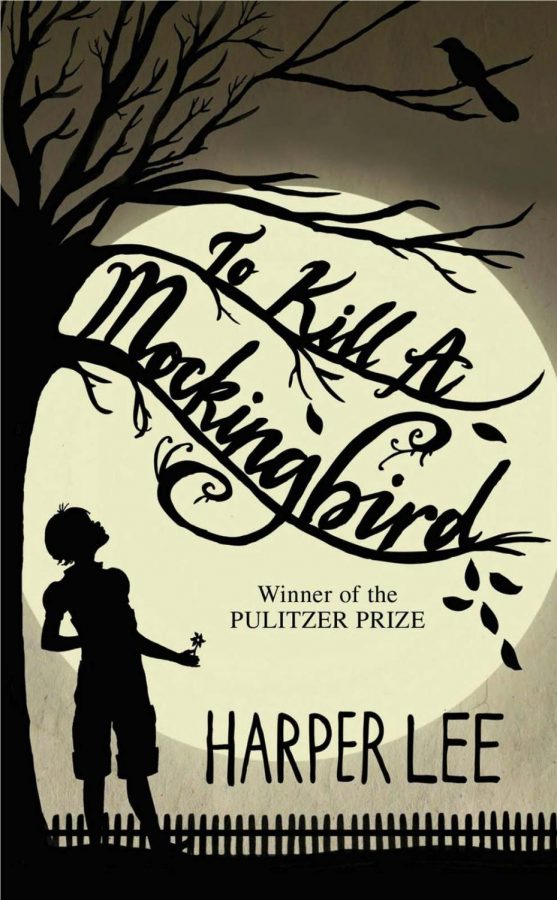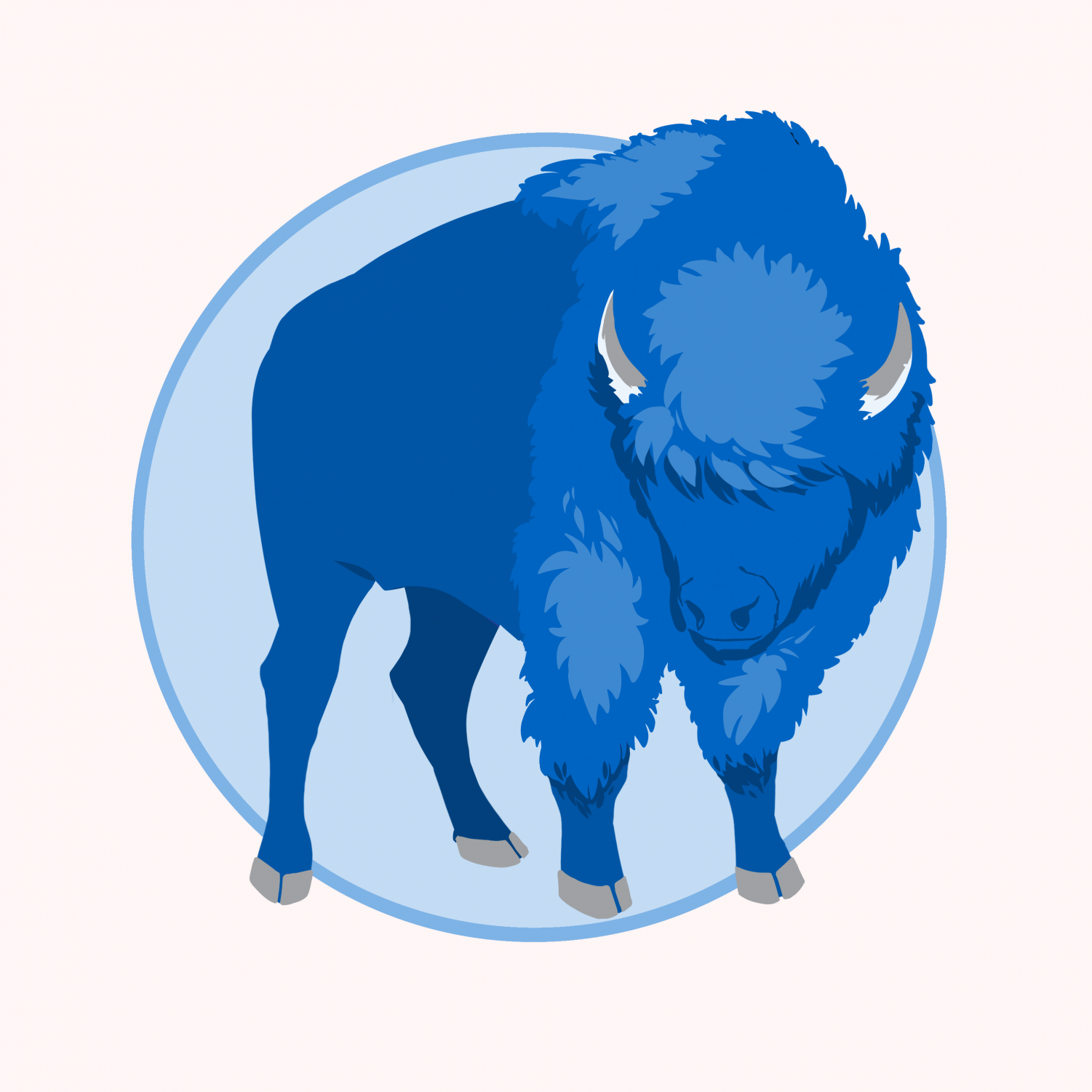Classic Books
Many of us love classic books, getting to enjoy a story our parents or grandparents had enjoyed before us and seeing how people back then viewed the world are often enriching experiences. But with outdated stereotypes, lack of diversity, and language we no longer considered acceptable in society, these books have aged poorly. In this article, we will go over some widely known classics with problematic themes.
Many “classic” books that were written by white authors depict People of Color in negative ways, with characters using derogatory language throughout; one very famous example of this is To Kill a Mockingbird by Harper Lee. Set in the 1930s, it follows an older man named Atticus Finch, a public defender who has two children named Scout and Jem. Atticus is tasked with defending a black man named Tom Robinson who is falsely accused of rape and despite the advice and threats of his fellow community members, he tries to defend him.
This doesn’t sound like an inherently problematic offensive storyline if it was done tastefully, but the book’s white savior themes and frequent racial slurs make it problematic.
Let’s start with the white savior themes; the book focuses on Atticus Finch and his children, the white main characters instead of the person he is defending in court, Tom Robinson. This is an issue because the story only talks about Atticus’s, Scout, and Jem’s struggles but not Tom or his families. What could have been an insightful story about a man directly affected by racism and prejudice, is instead about a white man who is praised for doing the right thing.
The book also frequently uses racial slurs, which are often said by white characters Scout, the protagonist says the N-word many times at the beginning of the book, she eventually stops using the word after her father tells her that it is hurtful, but having a white character use the word so nonchalantly really doesn’t add much to the storyline and really taints the novel’s message.
A different problem in many classic books is the frequent portrayal of women as less than Men. This is still a major problem in content created today, but it is painfully prevalent in some of the older stories we read. An example of this is in The Adventures of Huckleberry Finn, where all the women in the stories are portrayed as idiotic and prudish while the male characters are not. This is problematic due to the fact that the story presents women as dumber and less than men, which is untrue and dangerous, even more dangerous when put in a novel geared towards children who are impressionable and will carry this message with them.
Another problem in many older and even ‘feminist’ books made today is having a protagonist that is seemingly a very progressive feminist but excludes other groups of women from their activism. There are many examples of this, including slut-shaming, TERF’S (Trans Exclusionary Radical Feminist), and putting down women who want to do more traditionally feminine things.
This is so common in books, movies, and T.V. shows that many people don’t even realize it, but when you look out for it it’s painfully obvious. When watching or reading something, pay attention to how the female protagonists talk about other women, do they try to bring them down for doing things that they enjoy because they are popular with women their age? Do they consider other women to be less than them for following social norms and consider women who don’t fit in to be more intelligent or special than those who do? If they criticize other women, do they criticize the things they do to them that bother them, or do they put them down for doing things that are stereotypical for girls their age or mention how far they are willing to go with partners? If yes, then you have a prime example of an exclusionary ‘feminist’. This is a problem because it paints feminists and feminism as an exclusive, hateful group while it is quite the opposite. Feminism is the advocacy for all women’s rights regardless of their race, disability, sexuality, how sexually active they are, whether or not they are transgender, or anything else that could divide us; anything else is just less evident misogyny.
While these tropes, stereotypes, and themes are present in many classic books that we read in school or at home, there doesn’t seem to be any of these classic books without the blatant misogyny and racism. But this is not the case; there are many older books that you can read without cringing at how outdated they are. With a simple Google search, you can find entire lists of books that have aged well and aren’t as offensive as the ones we often read in schools, while also giving a more creative outlooks on the world than many of the books that are often recommended to teenagers.
Sarah Conroy (She/Her) is a Senior at Shaker High School and this is her first year as a the Lead Writer fourth year with The Bison as a member of the...


